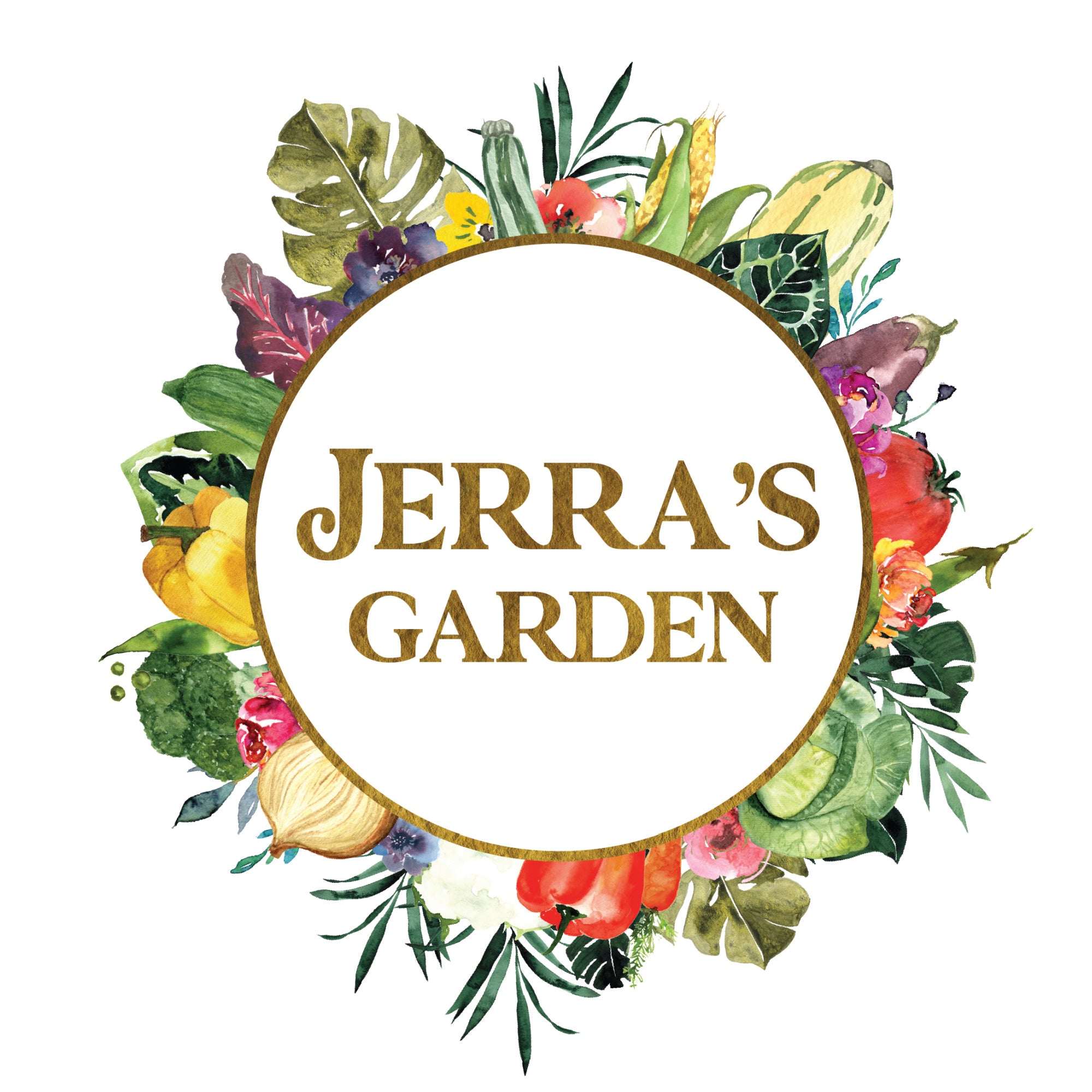How to Grow Kale from Seed to Harvest
Find a video version of this growing guide on my YouTube channel HERE.
Kale is an easy crop and is a good introduction to the brassica family. It also has lots of culinary applications. It can be eaten raw or cooked. Kale plants can be long lived annuals if grown in a good spot.
Cultivar Selection
⦁ Differences between color - Comes in a range of color from green, red, purple, to even white variegation.
⦁ Leaf Texture - Some have smooth almost buttery textured leaves like Lacinato/Dinosaur kale. Others have frilly or serrated leaves like Vates Scoth Curled Blue or Scarlet Kale.
When to Sow Seeds or Transplant
⦁ Direct sow after your last spring frost date has passed or 12 weeks before your first frost date (first cold front of the winter season). Scratch seeds into the soil surface, cover with a little bit of soil, keep moist until they germinate in about 3-7 days.
⦁ As another guide, direct sow once your average monthly maximum temperature is 85F or below. You can find your monthly average minimum and maximum temperatures from www.plantmaps.com. In my garden, this is the month of October thru March.
⦁ Transplants - you can buy transplants and plant 12 weeks before your first frost date or once maximum average temperatures fall at 85 or below. You can grow your own transplants very easily. Start them in 4 inch pots 8 to 12 weeks before the target date you want to transplant them into the garden. My garden as an example - My target is to transplant them in October, so I start seeds in August. But its too hot outside, which will stunt their growth so I start them in doors.
⦁ Site Selection - Pick a spot that gets lots of bright morning light, preferably 6 hours with some afternoon shade. Some of the taller cultivars might need to be staked so they don't fall over.
⦁ Soil - prefers lots of organic matter. If grown in sandy soil you must fertilize to keep nutrients consistent and stay on top of watering.
Water Requirements
They need at least 1 inch of water each week during the growing season from rainfall or irrigation. Always soak the soil thoroughly when watering. In Florida we grow kale during fall, winter, and spring which is our dry season so just keep an eye on them.
Growth Habit
It depends on the cultivar. In general they grow up a main stalk that gets taller and taller as the growing season progresses. Because of this it might need support. Other cultivars stay shorter and spread out horizontally.
Fertilizing
Apply something high in nitrogen in the planting hole. Then fertilize with a balanced fertilizer about once a month.
Pruning
Remove dead, old, diseased leaves when ever possible to prevent spread of diseases and not attract pests.
Pests
Not too many pest issues when grown during the correct time of year.
⦁ Aphids - Usually this is an ant problem. Treat the ants with green spike ant traps. Make a spray with neem oil or strong smelling essential oils like peppermint or rosemary. Plant a lot of trap crops like sunflowers and nasturtiums.
⦁ Be prepared if you get worms. The leaves will look munched on or you will find small orange/green/black balls on the leaves (worm eggs and poop). You probably wont find the worms because they tend to be nocturnal. Spray with BT (bacillus thurigensis) or Spinosad. Both are considered organic.
⦁ Slugs - Use beer traps. Sprinkle diatomaceous earth or crushed egg shells around the base of the soil.
Diseases
⦁ Leaf diseases such as powdery mildew, blight, or leaf spots. Spray with 1C hydrogen peroxide (3%) per gallon of water.
Harvest
You can start harvesting tender baby leaves which is best for fresh eating like in salads. The bigger more mature leaves are better used cooked, like in a soup.

